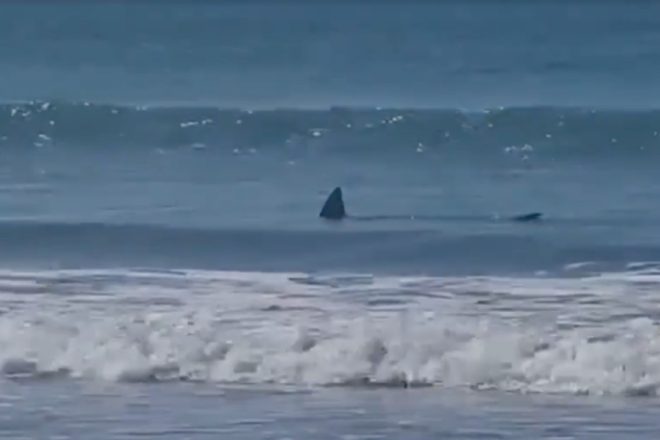12살의 한 서퍼가 어제 오마누 해변의 해안선 근처에서 상어를 만났습니다.소년은 침착함을 유지하며 남동생을 잠재적 위험에서 벗어나게 안내했습니다.길이가 2미터가 넘는 것으로 추정되는 이 상어는 오후 2시 20분경 타우랑가의 오션비치 로드와 마린 퍼레이드 사이에서 목격되었습니다.
소년의 어머니 제인 트라스크 (Jane Trask) 는 아들이 남동생이 무사히 물 밖으로 나올 때까지 상어에 대해 말하지 않았다고 말했습니다.마주쳤지만 소년들은 불과 한 시간 후에 다시 파도를 탔습니다.
제인은 상어를 남자아이의 서핑보드와 비교하여 상어의 크기를 추정했습니다.그녀는 또한 상어의 모습을 핸드폰에 녹화해 아들들의 흥분을 포착했습니다.
이후 오후 5시 30분경, 다른 현지인이 상어를 보고 약 2km를 따라다녔습니다.마틴 스튜어트 (Martin Stewart) 도 상어의 길이를 약 2m로 추정했는데, 마틴 스튜어트 (Martin Stewart) 도 상어를 따라 오마누로 돌아왔고, 그곳에서 아이들이 부기타기를 타는 모습을 보았습니다.부모님은 아이들을 재빨리 물 밖으로 불러내셨습니다.
상어 과학자인 라일리 엘리엇 박사는 특히 날씨가 아직 따뜻하기 때문에 해안선 가까이에서 상어를 보는 것은 드문 일이 아니라고 말했습니다.그는 이 상어가 청동 포경선이었을 가능성이 높다고 믿고 있는데, 낚시를 하거나 물고기를 처분하지 않는 한 사람에게 거의 해가 되지 않습니다.이런 종류의 상어는 마운트마웅가누이와 파파모아 지역에서 흔히 볼 수 있습니다.




























































